This is my very first time playing with SSIS in SQL Server 2012. I can successfully read an excel file and load its content to a table in SQL server 2012. The task is a simple direct read excel file then copy to sql server with no validation or transformation for now. The task was successful. But when I tried to make the package read the file name from a variable instead of the original hard coded one, it was generating an error "DTS_E_OLEDBERROR. An OLE DB error has occurred. Error code: 0x80040E4D"

What I did was just replacing the hard coded connection string in the excel connection manager with an expression which took the value of a variable assigned by an expression

The variable was assigned the value before the data flow task started. The variable was checked and did have the correct value.

But the error below was generated when data flow task started.

It would be highly appreciated if someone could point out what I did incorrectly and advise me how to solve the issue.
